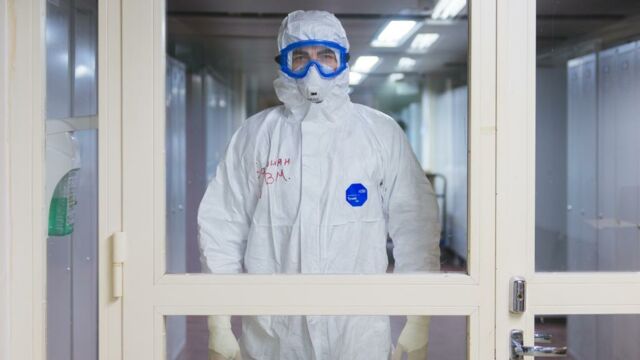The consequences of the virus have considerably changed our society and after almost two years since its emergence, researchers believe to have finally found its origin.
Discover our latest podcast
Whether it is at the level of the world economy, social relationships or even sporting events, the pandemic caused by the virus has changed our global system. However, researchers at the Pasteur Institute have made considerable progress in the search for the origin of COVID-19.
Bats at the origin of Covid-19?
Even if effective vaccines exist today, one question remains unanswered: where does the Sars-CoV-2 virus really come from? The first elements of an answer have just been found. In order to better define the evolution of the different variants of COVID-19, researchers have conducted field experiments together with fellow scientists from the National University of Laos.
In the north of the Asian country, they studied, from late 2020 to early 2021, bats in limestone caves. Their goal was to identify the origin of the epidemic, as the head of the laboratory in charge of this mission, Marc Eloit, explains.
Similar sequences with the bat virus
The results have been very telling. Scientists were able to prove that sequences of virus found in flying specimens were similar to those of COVID-19 or SARS-CoV-2. The virus carried by bats could then enter the cells of the human body without passing through an intermediate animal, the infamous pangolin, but many points remain to be clarified.
The first question that researchers have asked themselves is how the virus carried by bats from caves in Laos was able to find its way to Wuhan in China, the primary focus of the epidemic. The question remains unanswered for the moment, but this discovery could be the first of many. However, this breakthrough is an incredible step towards finding the origin, or patient zero, of COVID-19.















